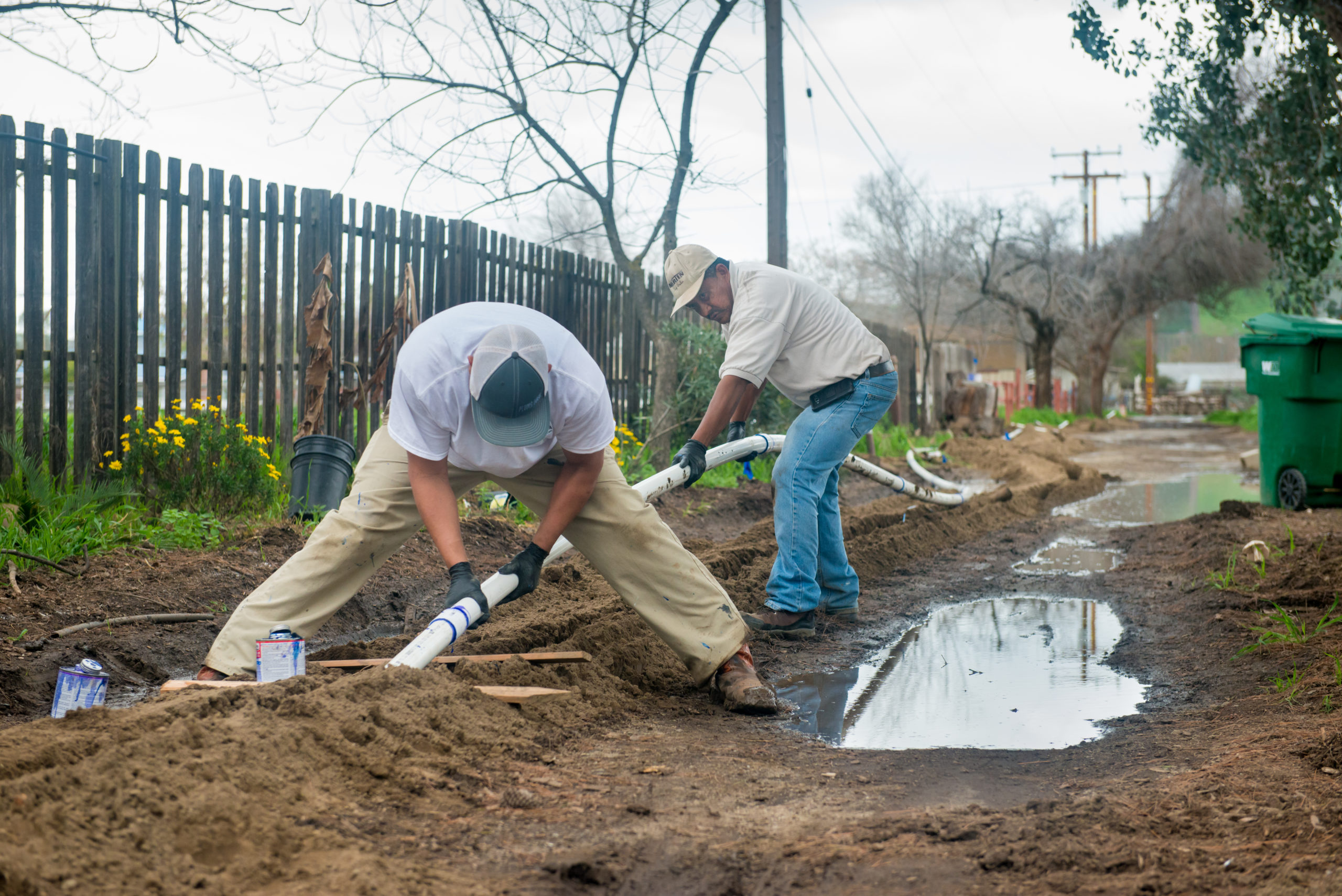Issue
The US Environmental Protection Agency estimates that small water systems, those serving 3,300 or fewer customers, will require more than $74 billion in drinking water infrastructure improvements. Together, these small water systems serve approximately 23 million US residents.
Yet, because each system serves a relatively small population, the estimated costs for these improvements per customer are more than double the cost per resident served by larger systems. As water systems small and large plan for changing climate and growing populations, they are looking at partnerships as one way to drive down costs and better serve neighboring customers.
Still, regionalizing two or more systems is not a straightforward process. Sometimes it includes actual infrastructure consolidation, but regionalization can also mean shared managerial, operator and/or treatment costs. The aim is to eliminate redundancy and create economies of scale to allow small systems and their customers to afford day-to-day operations and necessary upgrades.
Strategy
RCAC works with water agencies to facilitate partnerships across the western US, helping dozens of public water systems increase their efficiency, reliability and delivery of safe drinking water. That experience is now helping California water systems partner or regionalize where and how it makes sense. Recent state laws have limited the further proliferation of unsustainable public water systems and are expediting consolidations between underperforming and successful water systems to help realize the human right to water for all residents. The new Safe and Affordable Drinking Water Fund will also help finance water system mergers throughout the state.
To support these efforts, RCAC is providing technical assistance to utilities and state agency staff and conducting new research to assess which small water systems in California could benefit from mergers.
What’s Next
As California’s State Water Resources Control Board moves forward with implementation of these laws and the new drinking water fund, reliable data can help it make smart, equitable, and transparent decisions. RCAC is partnering with the State Water Board to survey all 58 counties in California to gather critical information about state small water systems, including populations served, number of connections, water sources, water quality data and treatment measures. This work will ensure the needs assessment supporting the implementation of the Safe and Affordable Drinking Water Fund encompasses all water systems, including small systems that are the most likely to fail to meet safe drinking water standards.
